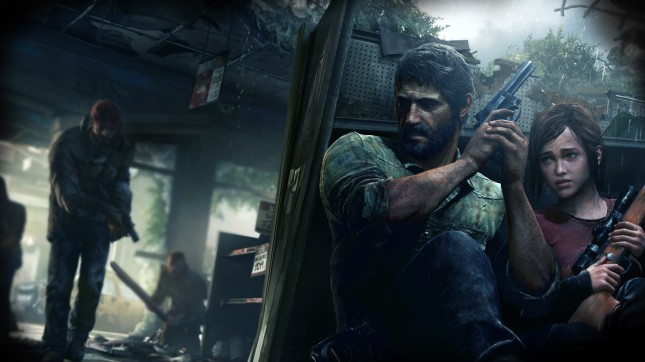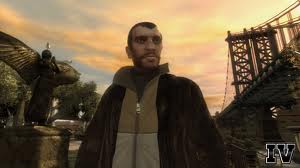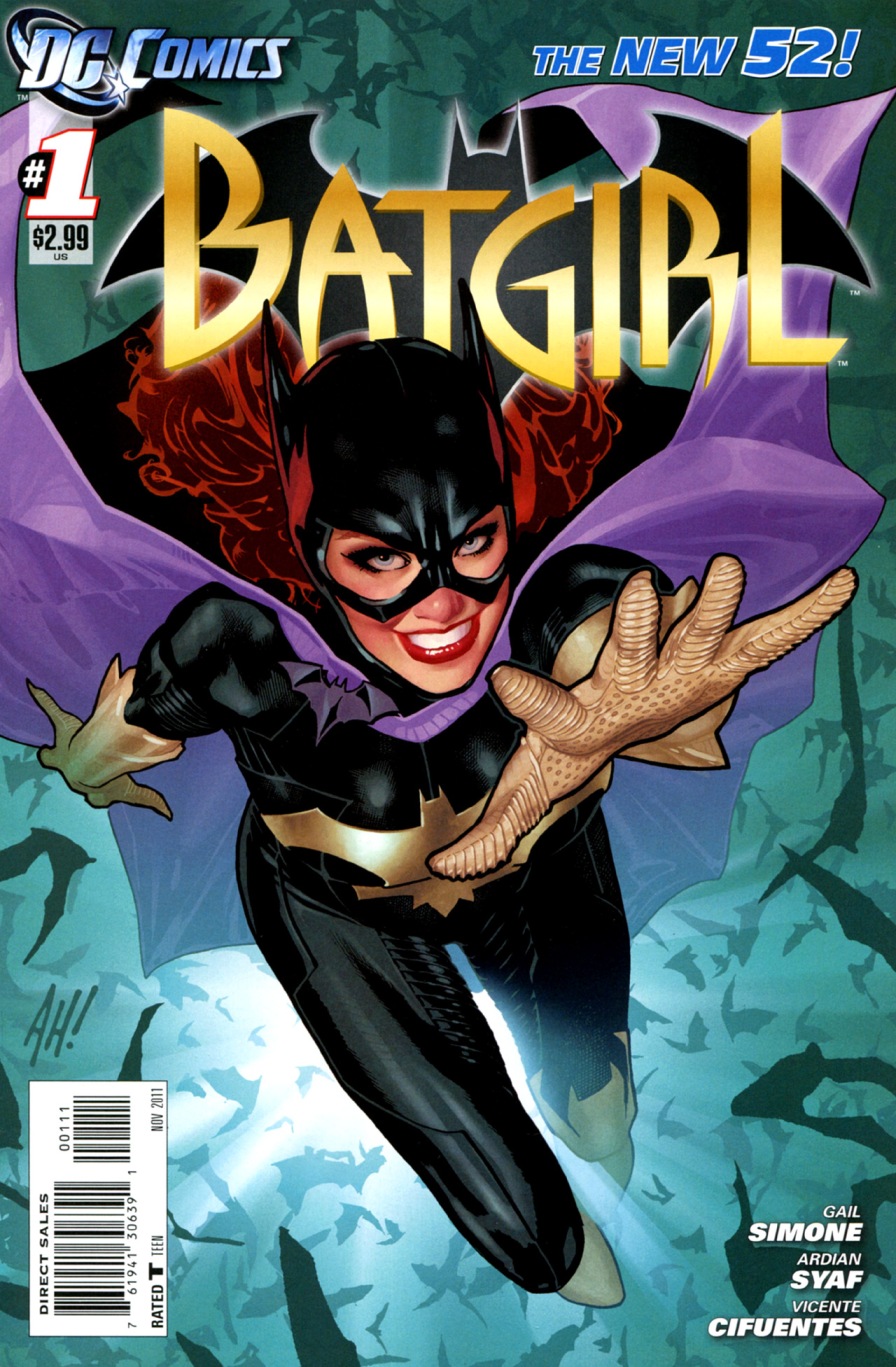The Doctor isn’t God, but he might be the closest we’ve got.

Other potential deities in the nerd pantheon are either too distant – like big-headed Uatu the Watcher, “forbidden to interfere;” or they’re too human — “little-g” gods like Thor who are limited in power and knowledge and bound up in our petty human dramas.
The Doctor, on the other hand, comes pretty close to my idea of God — wise beyond human conception, unrestrained by human limitations like space and time, and yet deeply in love with the created universe, especially the brief and beautiful lives of human beings.
As a student of theology, this may be part of why I am so troubled by the Doctor Who fans who scoff at the idea of a female Doctor.
For the uninitiated (get ye to Netflix), when the Doctor “dies” he regenerates a new body, retaining his essential personality and memories but taking on a new physical form. Eleven actors (all men) have portrayed the character thus far in different regenerations.
We now know that the next iteration of the Doctor will again be a man, but when the new Doctor’s identity was still up in the air, I participated in the wild speculation around who would be the next to pilot the TARDIS.
“Why not a woman?” I wondered along with other enthused fans.
In a great episode written by Neil Gaiman, “The Doctor’s Wife,” the Doctor mentions a Time Lord called The Corsair whose regeneration shifted from male to female. Clearly changing genders, just like changing hair, height, skin color, etc., is possible for Time Lords.

The eleventh Doctor wonders if his new regeneration is a girl when he feels his new hair
Yet some fans have a visceral, negative reaction to the idea of a female regeneration of the Doctor. Here’s a sampling of opinions culled from fan forums:
“Making the Doctor into a woman…would make nonsense of a character that has a long history. It would purely be pandering to the politically correct lobby whose sole aim seems to be to ruin everything for everyone. They should simply accept it – some characters are male and some are female and that’s just the way it is. Making the doctor female would be a sure fire way of making the show jump the shark.”
“You’re right, it would be stupid. I mean, River Song and the Doctor would turn into a gay couple. How would we explain that? It would just be weird. I would prefer the show be canceled than the show continue with a woman. By the way, I am NOT sexist.”
“Regenerating the Doctor into a female Doctor would absolutely ruin the show. I wouldn’t watch it, nobody I know would watch it. It’s just a terrible idea and would be the downfall of Doctor Who. As much as I like boobs as a guy, just keep the females as the non-doctor characters.”
To counter these incredibly convincing (“lolz, bewbs!”) points, I would argue that the character would not lose anything that makes the Doctor “the Doctor” if she regenerated as a woman.
As with every new individual who takes on the role, a woman would bring fresh nuances to how the Doctor is played, but in the hands of a capable actor, the core of the character we love would remain the same.
To state otherwise implies that a woman could not be what the Doctor is; that a woman could not be brilliant and arrogant and courageous and charismatic and compassionate and broken and vulnerable and powerful and awe-inspiring. That’s sexist nonsense — we have seen all these characteristics in the women on the show, and, more to the point, in the women in our own lives.

River Song and Amy Pond are just two of the great number of diverse and well-rounded women on Doctor Who
Turning back to the metaphor of the Doctor as God, we can gain insight into what’s behind this reservoir of fanboy freak-out from Elizabeth Johnson’s seminal theological work, She Who Is. In her book, Johnson critiques the historical use of exclusively male pronouns for God and constructs a feminist theology that images the Divine as She.
While the idea of a female Doctor may seem “stupid” to some Whovians, the idea of a female God seems outright heretical to many Christians. But the knee-jerk revulsion for the feminine comes from the same source: the androcentrism of patriarchy.

God is depicted as exclusively male in many of the most influential images produced by Western culture
As Johnson writes, “Feminist theology exposes the ruling-male-centered partiality of what has been taken as universal and the interests served by what has seemed disinterested.”
In patriarchal cultures, male is seen as “neutral,” while female is seen as “other.” So while God as male is normalized, God as female is seen as an example of “the politically correct lobby whose sole aim seems to be to ruin everything for everyone.” Within a patriarchal framework, God as female is seen as transgressive because women’s experiences are not seen as normative human (read: male) experiences.
Which make sense of the fact that, within the Christian tradition, the aspect of God that has been most frequently associated with the feminine is the Holy Spirit, which is not personified as a human, but most commonly depicted as a dove. Similarly, the TARDIS, a genderless object, is also associated with the feminine. In the (arguably sexist) nautical tradition, the Doctor refers to the TARDIS with feminine pronouns, and in the aforementioned episode “The Doctor’s Wife,” the TARDIS appears as a woman when it takes human form. Women cosplaying as the TARDIS is a pretty common sight at conventions.

The TARDIS in human form
I’m not saying that these costumes aren’t super cool, but it is problematic that we see hundreds of women TARDIS costumes for every one worn by a man – it’s taken for granted that women are more suited to portraying an object. This is an admittedly minor, but obvious example of the way in which the feminine is marginalized through our use of language.
As Elizabeth Johnson points out, the language, symbols, and imagery that we use in daily life have the power to shape our reality. Speaking of God exclusively as He “serves in manifold ways to support an imaginative and structural world that excludes or subordinates women. Wittingly or not, it undermines women’s human dignity as equally created in the image of God.”
The exclusion of women from ordination is one glaring example of how this subordination has functioned in many Christian communities. More violent examples include medieval “witch burning,” as well as the minimization and denial of domestic abuse and sexual violence within modern churches. The list, unfortunately, goes on.

Illustration from a later edition of the Malleus Maleficarum, a medieval witch hunting handbook
While the message board users quoted above, along with religious fundamentalists, may disclaim that they are “not sexist” when they cling to symbols that are exclusively masculine, their insistence that women are unfit to be reflected in the face of a beloved figure perpetuates the sexist ideal that women are inherently less-than and intrinsically other. By clinging to “tradition,” they create communities that exclude and devalue women, both implicitly and explicitly.
Defining our most important cultural symbols as exclusively male is a crucial pillar of patriarchy. Geek culture has done a lot better than the Christian Church in this regard — Superman is not threatened by the existence of Wonder Woman; there is enough room for both Aang and Korra; Buffy kills a vampire as effectively as Blade. Nevertheless, like Christianity, the geek community has sacred cows of androcentrism that reveal the ways in which women are still marginalized within our subculture.
It’s long past time to move forward. If Doctor Who teaches us anything, it’s that thinking inside the limited confines of black and white boxes holds us back from experiencing a universe that is infinitely variable and endlessly surprising, full of mystery and joy and new discoveries. Letting the Doctor try on a pair of XX chromosomes would not be the end of the world. It would be different, and unpredictable, and exciting — which sounds a lot like the Doctor we know today. So what are we waiting for? Allons-y!






















